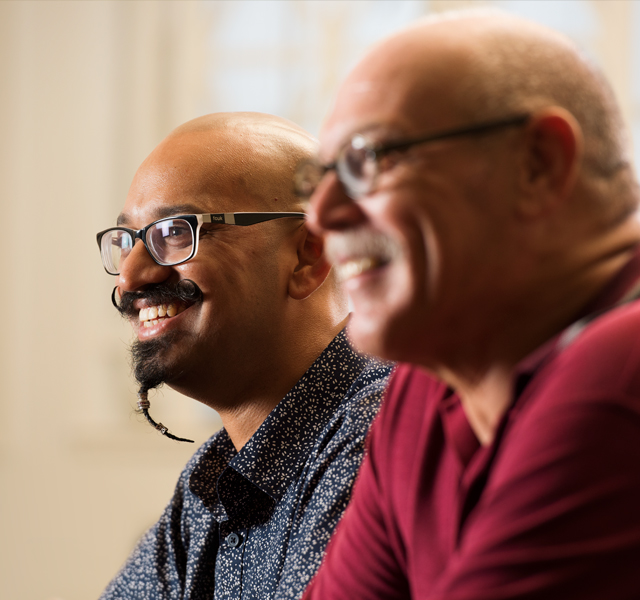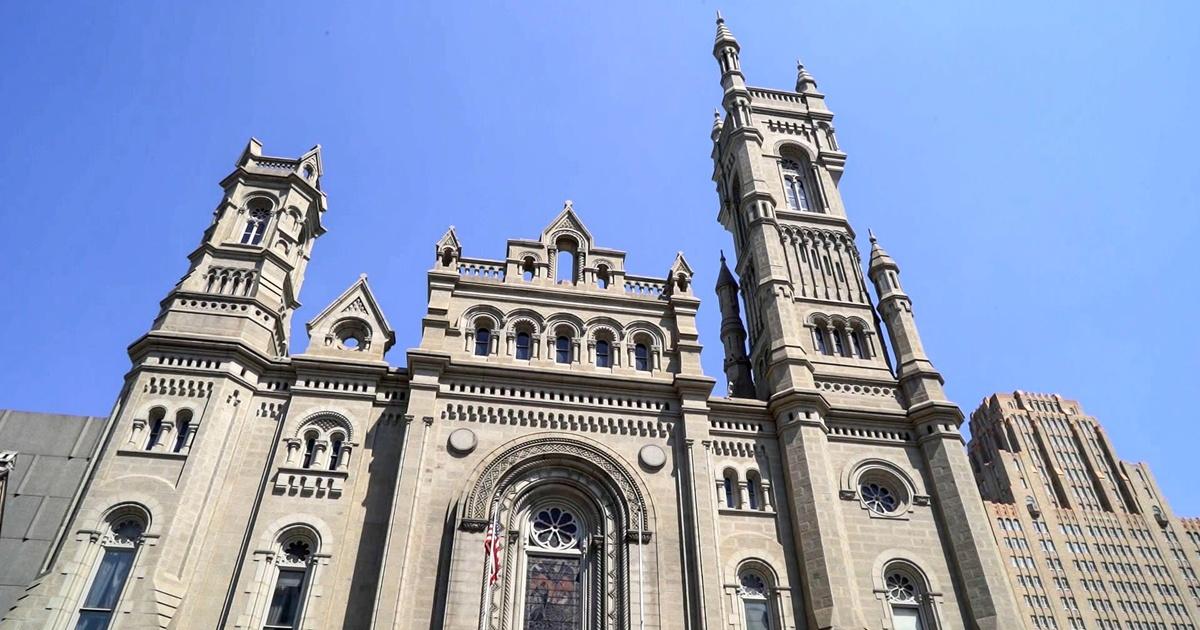Understand How to Join Freemason and Gain Lifelong Connections
Understand How to Join Freemason and Gain Lifelong Connections
Blog Article
Checking Out the Mysteries of the copyright: What You Need to Know
The copyright, a term commonly shrouded in intrigue and controversy, represents a complicated tapestry of historic reality and modern myth. Developed in the late 18th century, this secret society was at first rooted in the Knowledge's perfects however has given that come to be synonymous with conspiracy concepts regarding elite control.
Beginnings of the copyright
The beginnings of the copyright are steeped in a blend of historical intrigue and ideological eagerness. Developed in 1776 in Ingolstadt, Bavaria, by Adam Weishaupt, the team was originally created as a secret culture targeted at promoting Enlightenment ideals such as reason, secularism, and the separation of church and state. join freemason. Weishaupt, a teacher of canon legislation, sought to challenge the prevailing authority of the church and state, which he deemed oppressive institutions stifling intellectual and personal freedom
The copyright sought to hire significant participants from numerous social sectors, including national politics, academic community, and the arts, to promote a network dedicated to these Enlightenment concepts. The culture operated under a veil of privacy, using coded language and routines to secure its members from persecution, specifically offered the repressive climate of the time. However, the copyright encountered considerable opposition from both governmental authorities and spiritual establishments, which saw the group as a threat to their power.
Key Numbers and Members
That were the critical numbers that shaped the copyright's very early influence and instructions? The Bavarian copyright, established in 1776 by Adam Weishaupt, became a response to the overbearing societal structures of the moment. Weishaupt, a regulation professor, pictured the organization as a method to advertise Knowledge perfects such as reason, secularism, and equal rights. His first recruitment initiatives included significant intellectuals, such as Baron von Knigge, that played a vital role in broadening the group's subscription and business structure.
An additional considerable number was Johann Gottlieb Fichte, a popular theorist whose concepts on nationalism and education and learning resonated with the copyright's objectives. Although Fichte was not a formal member, his thoughtful supports affected the group's belief. Additionally, figures like the writer and theorist Johann Wolfgang von Goethe were connected with the more comprehensive intellectual activities of the time, although their direct involvement with the copyright stays disputed.
These crucial numbers added to the copyright's early direction, pushing the boundaries of political and social thought, while their collective efforts aimed to challenge well-known standards and cultivate an environment of dynamic change in Europe. (join freemason)
Myths vs. Reality
Many misunderstandings border the copyright, often mixing fact with fiction in a means that obscures its real nature. The concept that the copyright continues to apply considerable influence over globe occasions is a myth.
An additional common misconception is that the copyright makes up a network of elite individuals adjusting global events. In truth, many conspiracy theory theories overemphasize the group's relevance, associating misguided intentions to social fads and events. This has actually resulted in an oversimplified sight of complicated issues.
In addition, the portrayal of the copyright in preferred culture often more distorts its tradition. Movies and literature often tend to sensationalize the organization's function, developing a narrative that splits from historic facts. Comprehending the distinction between the myths and the truth of the copyright is crucial for critical the real impact of this historical group and identifying the broader ramifications of conspiracy theory concepts in contemporary society.

Modern Analyses
Contemporary analyses of the copyright frequently show wider social anxieties and a fascination with secrecy and power. This contemporary lens often links the copyright with conspiracy theory concepts that recommend a hidden elite orchestrates world events, manipulating federal governments and economic situations for their very own gain. Such stories touch right into a deep-seated question of authority, particularly in times of crisis or social turmoil.
In preferred society, the copyright is often depicted as a supreme organization shrouded in mystery, leading to a wide variety of fictional portrayals in literary works, movie, and songs. This portrayal serves not just to delight but additionally to prompt thought of the nature of power and control in contemporary culture. Social media site has even more enhanced these interpretations, permitting for fast dissemination of conspiracy concepts and developing neighborhoods that share and expand upon these ideas.
In addition, some contemporary interpretations mount the copyright as an allegory for the complexities of globalization and the interconnectedness of influential people and organizations. This point of view encourages a crucial exam of exactly how power dynamics run in today's world, highlighting the balance between openness and secrecy in administration and business techniques.
Cultural Effect and Heritage
Influenced by centuries of intrigue, the cultural effect and heritage of the copyright extend far past its historic origins. This secret society, developed in the late 18th century, has actually penetrated various aspects of pop culture, from literature and film to music and art. original site join freemason. The idea of the copyright has actually evolved into a sign of conspiracy theory concepts, often representing a viewed concealed power adjusting global events
In literature, authors like Dan Brown have woven the copyright into elaborate plots, fascinating visitors with styles of secrecy and power. Films such as "National Treasure" and "The Da Vinci Code" additionally continue the appeal of the culture, blending truth with fiction to produce appealing narratives.

Inevitably, the copyright's tradition is a complicated tapestry of myth and fact, forming understandings of secrecy and control in modern discussion. Its enduring presence in society highlights humanity's seasonal mission for best site comprehending hidden facts.

Conclusion
The Get the facts expedition of the copyright exposes a complex interaction between historic facts and modern-day myth-making. Established in the Enlightenment age, this society intended to challenge overbearing frameworks, yet its tradition has actually been eclipsed by conspiracy theories that recommend elite control. Recognizing the distinctions in between the original perfects and contemporary analyses is essential for understanding the sustaining fascination with the copyright and its substantial influence on social stories surrounding power and privacy in society.
Report this page